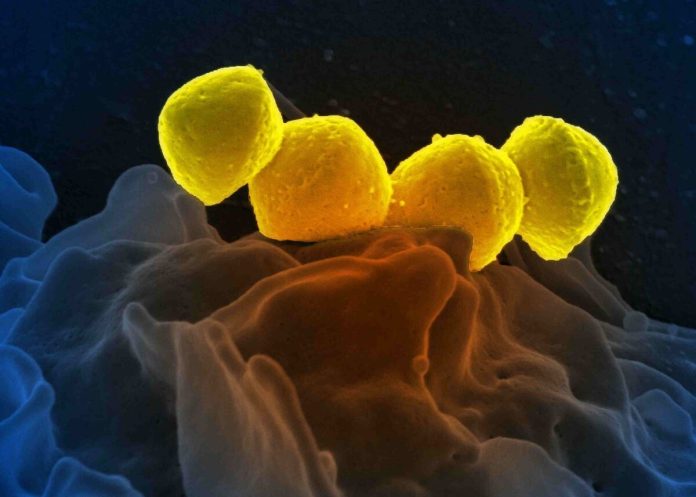Health officials in Japan are on high alert after close to 1,000 cases of a deadly infection were reported across the country. The disease, known as Streptococcal Toxic Shock Syndrome (STSS), or ‘flesh-eating bacteria’, is spreading rapidly, resulting in deaths within a short period.
STSS cases have reached 977 by June 2 this year. This figure has already surpassed last year’s total of 941 cases, according to the National Institute of Infectious Diseases.
What is Streptococcal Toxic Shock Syndrome?
STSS is a rare but severe bacterial infection caused by group A Streptococcus bacteria. It occurs when these bacteria enter deep tissues and the bloodstream, releasing toxins that cause a rapid and dangerous response in the body, according to the Centers for Disease Control and Prevention (CDC). While it is rare for someone with STSS to spread the infection to others directly, less severe infections with group A strep can progress to STSS if untreated.
Symptoms
STSS starts with initial symptoms like fever, chills, muscle aches, nausea and vomiting. Within 24 to 48 hours, it can lead to low blood pressure, organ failure, rapid heart rate and fast breathing.
Group A Streptococcus (GAS) usually causes strep throat in children, but in adults it can lead to serious symptoms like limb pain, swelling, fever and low blood pressure. This can quickly worsen to tissue death, breathing problems, organ failure and sometimes death, especially in people over 50.
Early medical care is very important to treat these severe symptoms and prevent complications.
Prevention
Preventing STSS involves practising good hygiene, like washing hands regularly and covering your mouth while you cough and sneeze.
Care for wounds properly and seek medical attention for any signs of infection. This helps prevent the bacteria from causing further infections that can sometimes lead to STSS.
Diagnosis
Diagnosing STSS involves several tests, including blood tests to detect group A strep bacteria and check organ function. A diagnosis is confirmed when someone has a group A strep infection along with low blood pressure and signs of two or more organ failures, like kidney or liver problems.
Treatment
Treating STSS involves giving strong antibiotics through an IV to kill the bacteria. Patients also receive fluids to stabilise their blood pressure and help their organs work properly.
In severe cases, surgery might be needed to remove infected tissue and prevent further problems. It is important to get treatment quickly to improve chances of recovery and lower the risk of serious complications or death from STSS.
Source: www.dailymirror.lk


